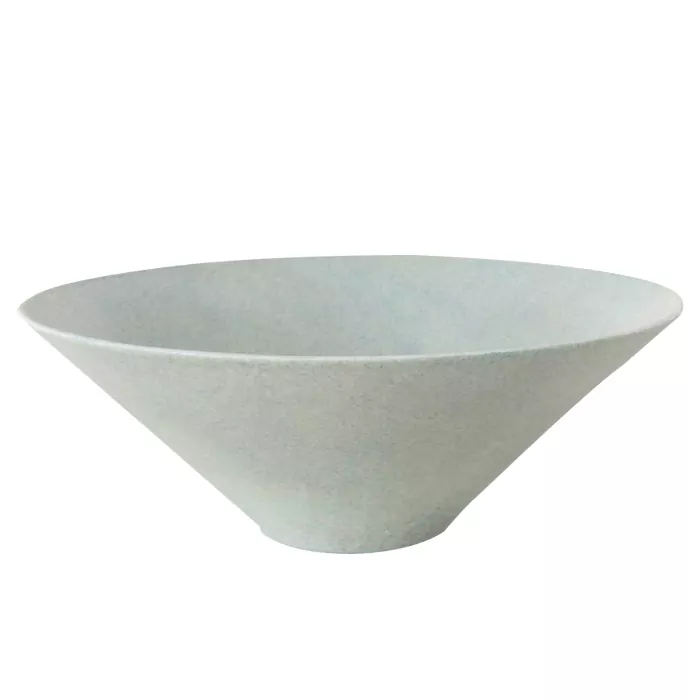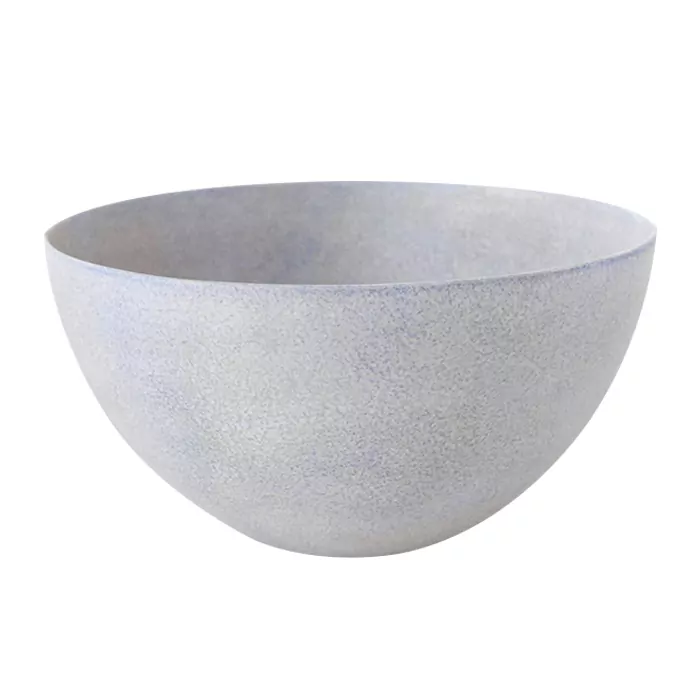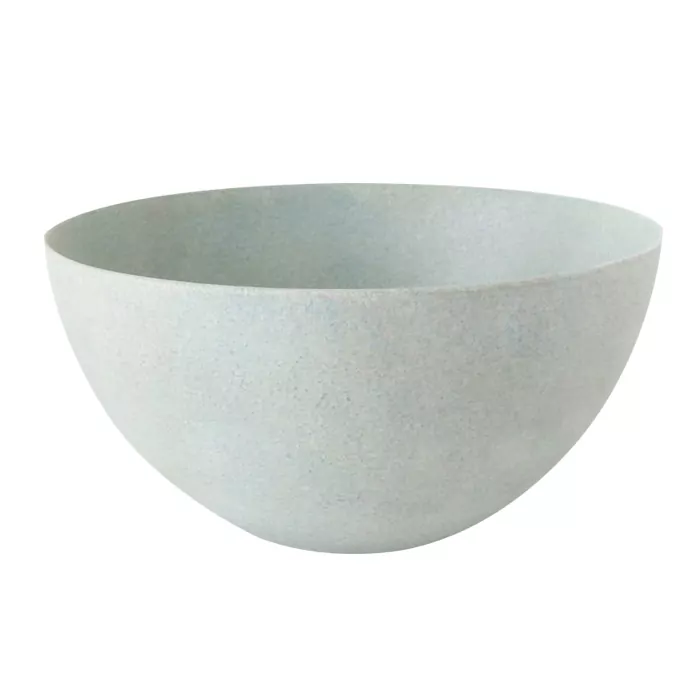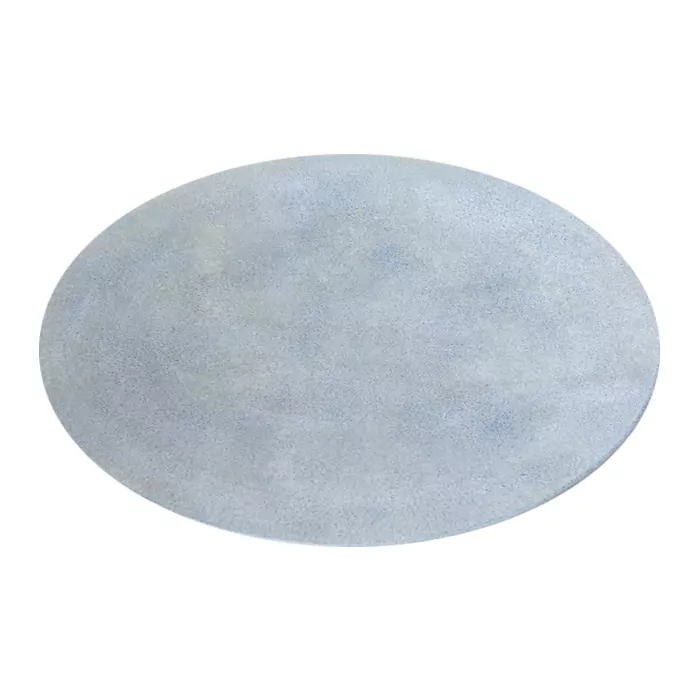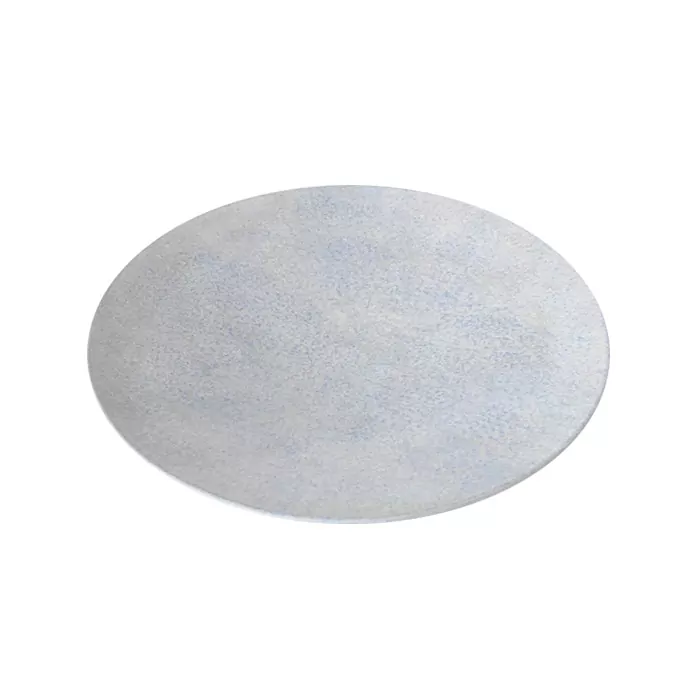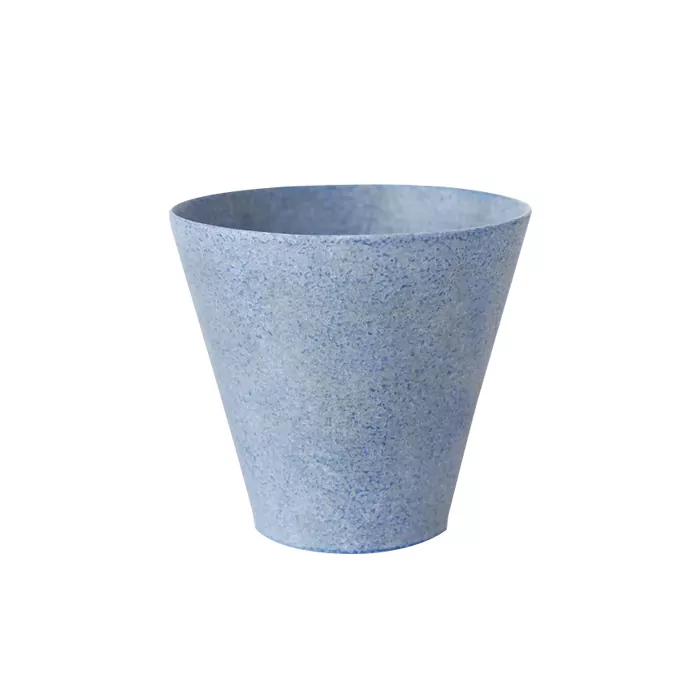Potter Makoto Saito

ABOUT
Japanese potter Makoto Saito is a young ceramic artist residing in the city of Seto in Japan. Many of the people that reside in Seto are linked in some way to the production of ceramics, especially manufactured ceramics, but Makoto resides outside of the norm, making functional, handcrafted objects with a twist thanks to his application of sponge techniques on the surface of the vessel.
Inspired by contemporary design, we wanted to give Makoto a platform to build from and support his pursuit in mixing design with a handicraft.
Photography: Mark Robinson
INTRODUCTION
Seto is one of Japan’s six most ancient kiln towns and is most well known for their bright, contrasting glazes such as ‘Oribe’, a bright green glaze that tends to drip and run, or ‘Kiseto’, a slightly translucent yellow glaze that varies in tones produced by adding iron. With 1000 years of tradition behind its belt, Seto was originally the only earthenware in Japan that used glazes, using a wide array of decorative techniques that were progressive for the time. It’s interesting then to come across an artist such as Makoto Saito, a young potter also based in this historic city who is mixing simple techniques in a contemporary manner.
Growing up inspired by Lucie Rie and Hans Coper, Makoto studied ceramics and later turned his eye to graphical design for a ceramic company based in Seto. After a successive run designing neatly set forms he decided to branch out on his own, putting many of those skills in to his own ceramics that he’s now producing at his studio. Although thin and light in form, each piece is made by hand on the pottery wheel from a semi-porcelain, once turned a number of glazing techniques are incorporated to create scattered, matte surfaces that are slowly becoming one of his trademarks. Using a sponge, Makoto slowly applies the different pigments that are made using a porcelain body. Building up the layers he’s able to create a blending effect where by the heat brings out the colour at different stages during the firing process.
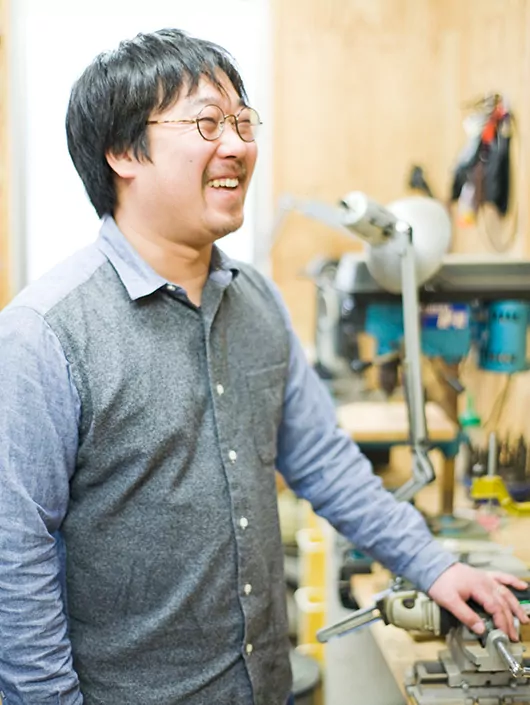
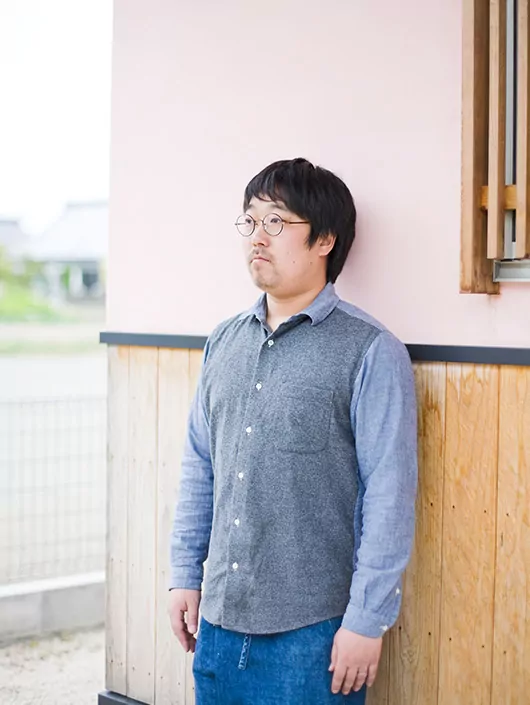
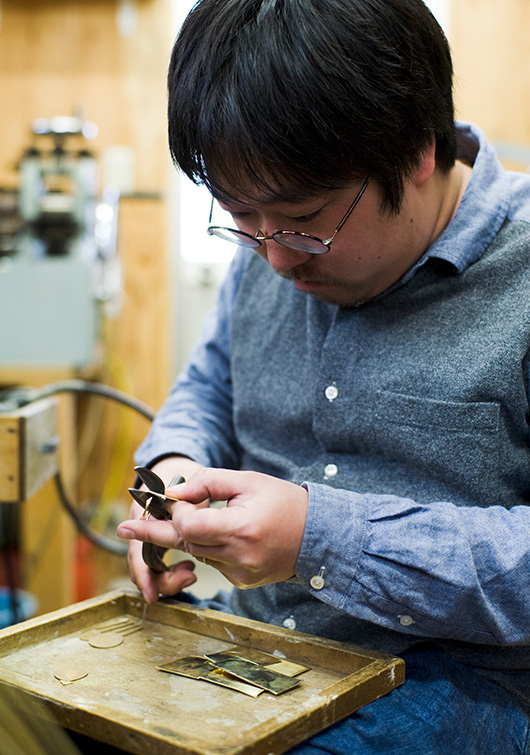
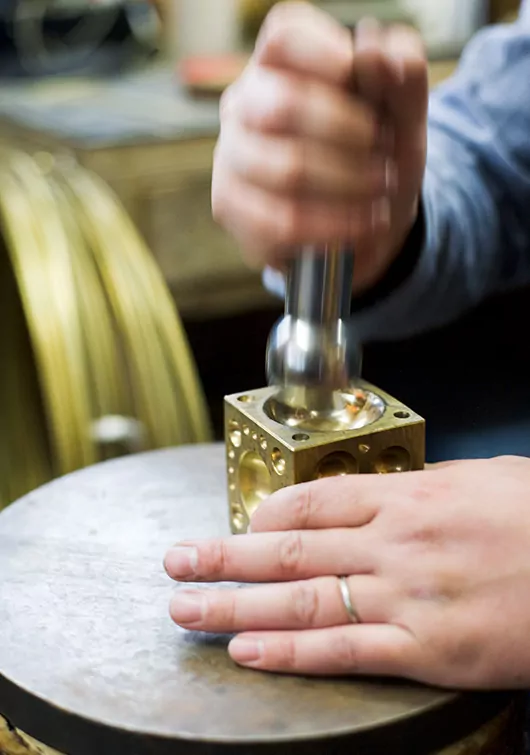
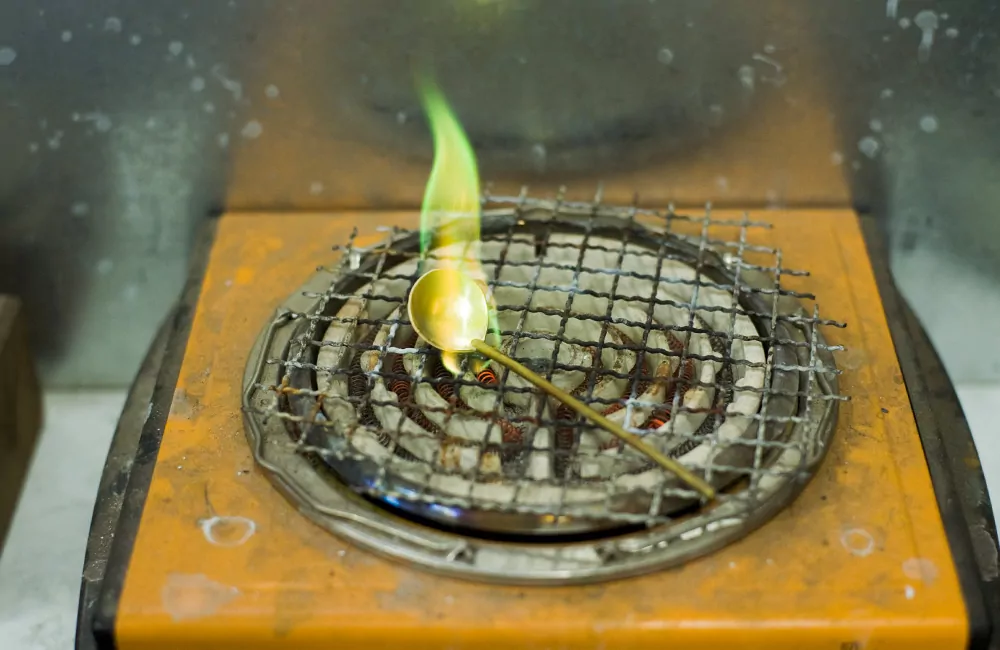
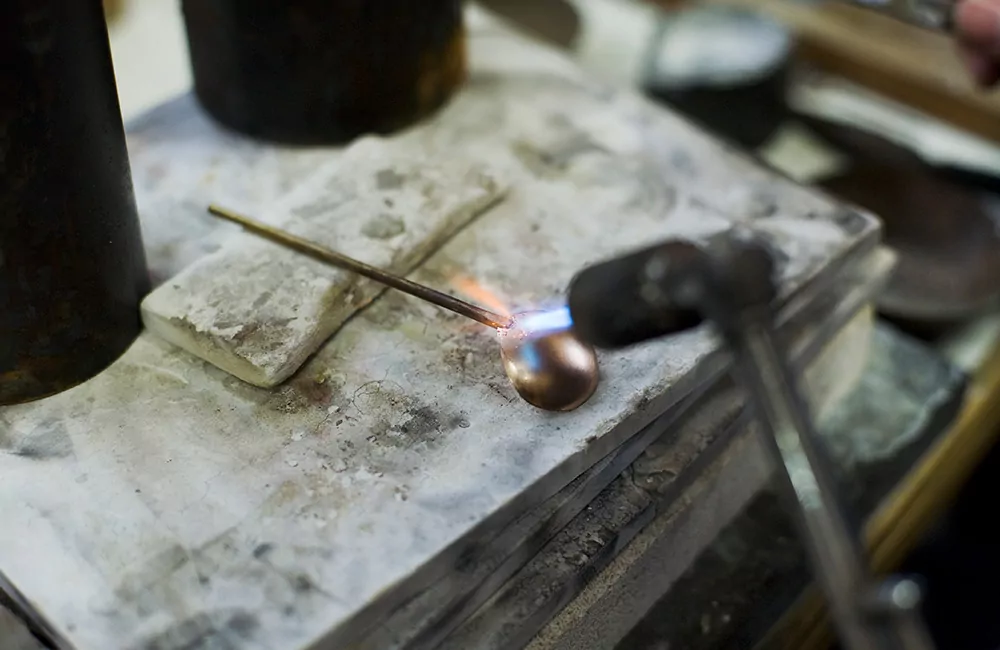
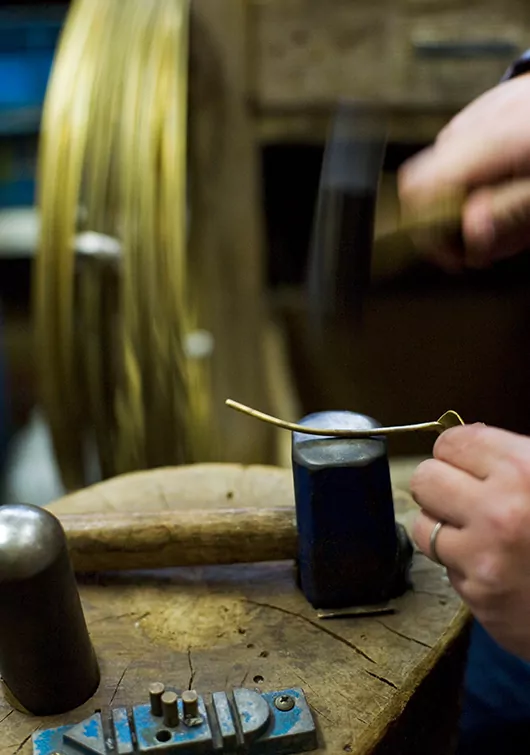
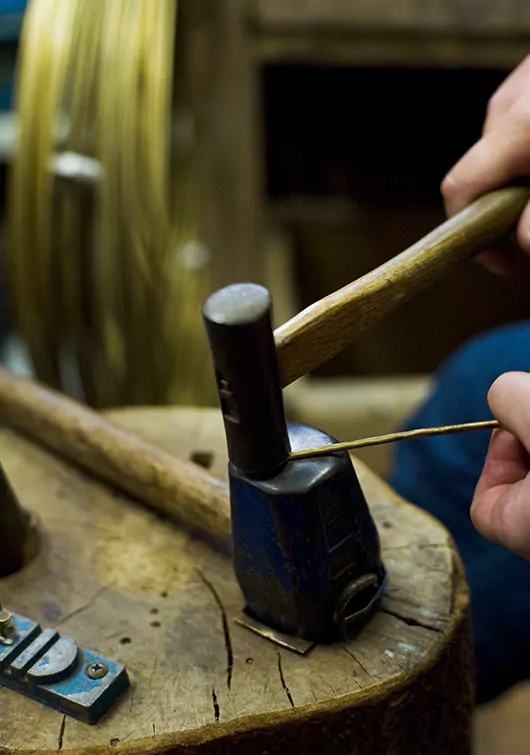
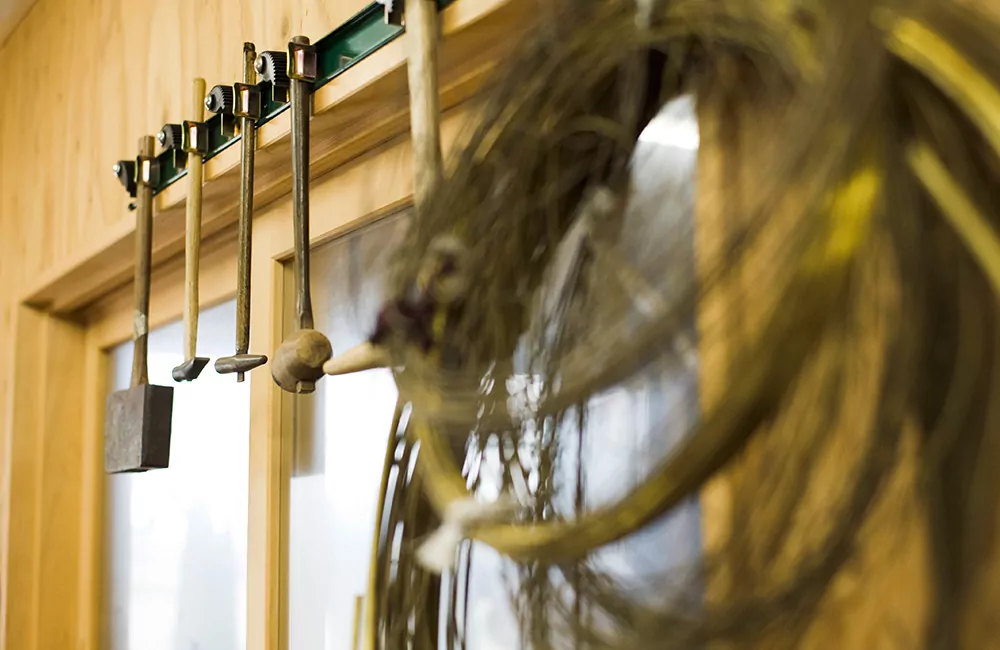
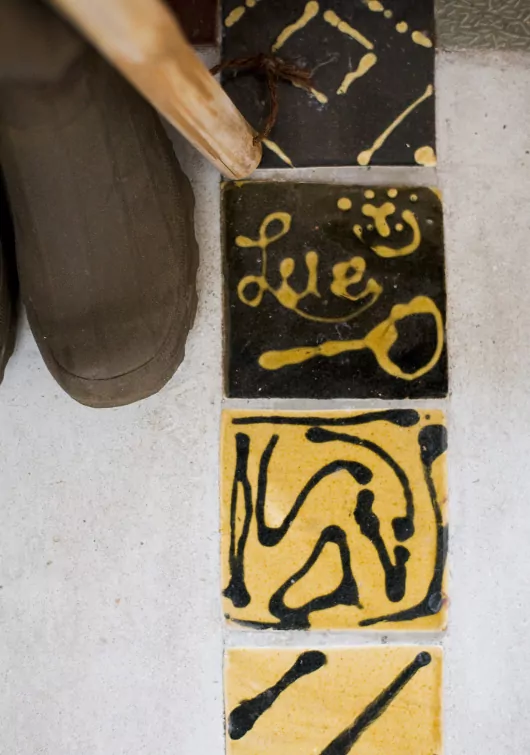
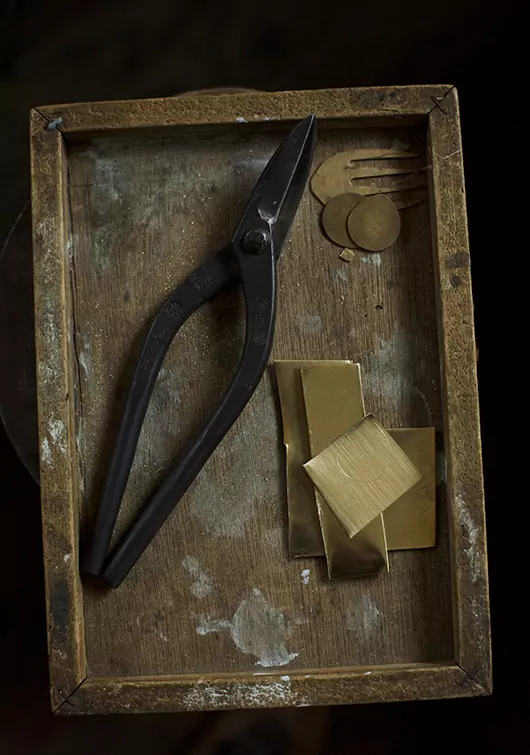
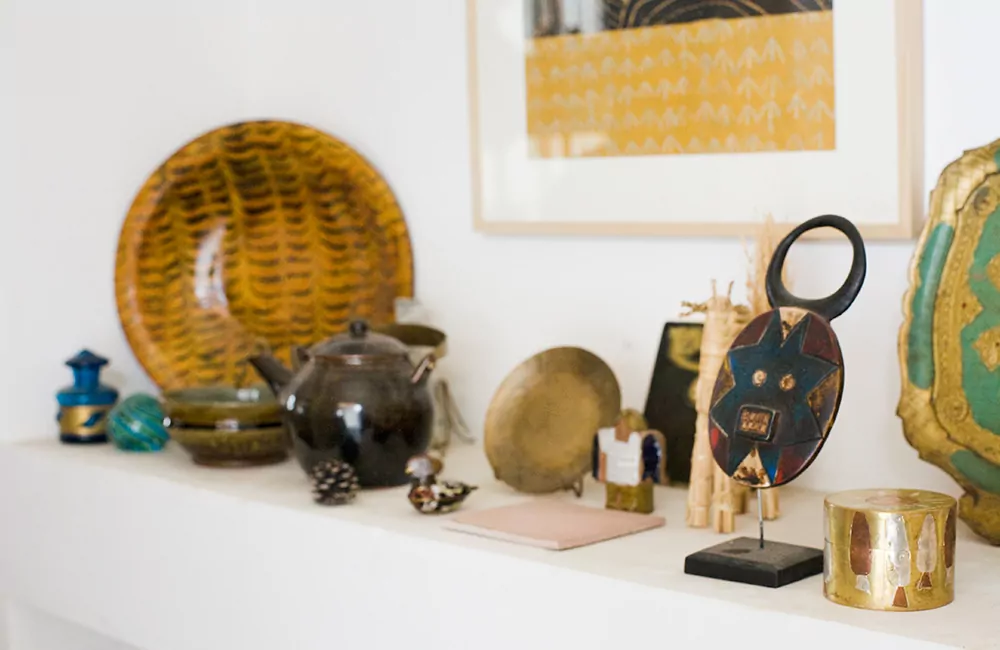
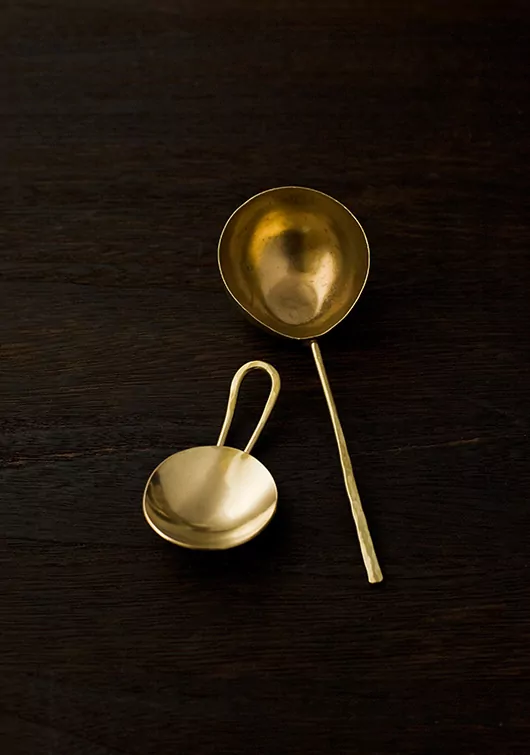
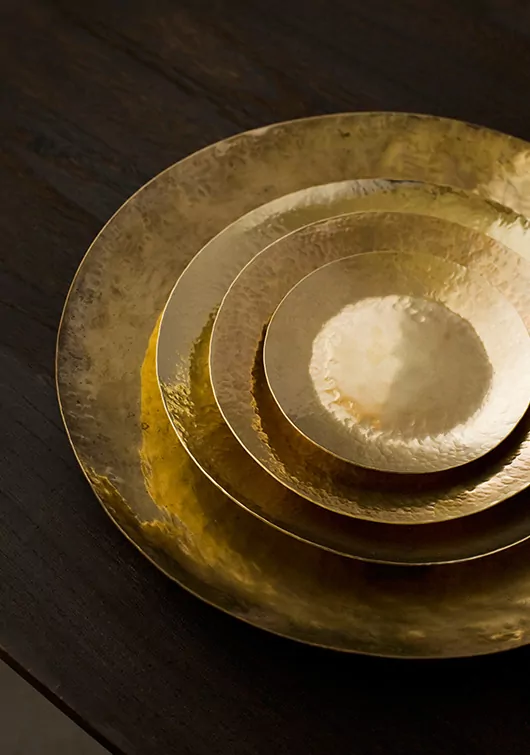



About Makoto Saito
Japanese potter Makoto Saito is a young ceramic artist residing in the city of Seto in Japan. Many of the people that reside in Seto are linked in some way to the production of ceramics, especially manufactured ceramics, but Makoto resides outside of the norm, making functional, handcrafted objects with a twist thanks to his application of sponge techniques on the surface of the vessel. Inspired by contemporary design, we wanted to give Makoto a platform to build from and support his pursuit in mixing design with a handicraft. Photography: Mark RobinsonIntroduction
Seto is one of Japan’s six most ancient kiln towns and is most well known for their bright, contrasting glazes such as ‘Oribe’, a bright green glaze that tends to drip and run, or ‘Kiseto’, a slightly translucent yellow glaze that varies in tones produced by adding iron. With 1000 years of tradition behind its belt, Seto was originally the only earthenware in Japan that used glazes, using a wide array of decorative techniques that were progressive for the time. It’s interesting then to come across an artist such as Makoto Saito, a young potter also based in this historic city who is mixing simple techniques in a contemporary manner. Growing up inspired by Lucie Rie and Hans Coper, Makoto studied ceramics and later turned his eye to graphical design for a ceramic company based in Seto. After a successive run designing neatly set forms he decided to branch out on his own, putting many of those skills in to his own ceramics that he’s now producing at his studio. Although thin and light in form, each piece is made by hand on the pottery wheel from a semi-porcelain, once turned a number of glazing techniques are incorporated to create scattered, matte surfaces that are slowly becoming one of his trademarks. Using a sponge, Makoto slowly applies the different pigments that are made using a porcelain body. Building up the layers he’s able to create a blending effect where by the heat brings out the colour at different stages during the firing process.


























